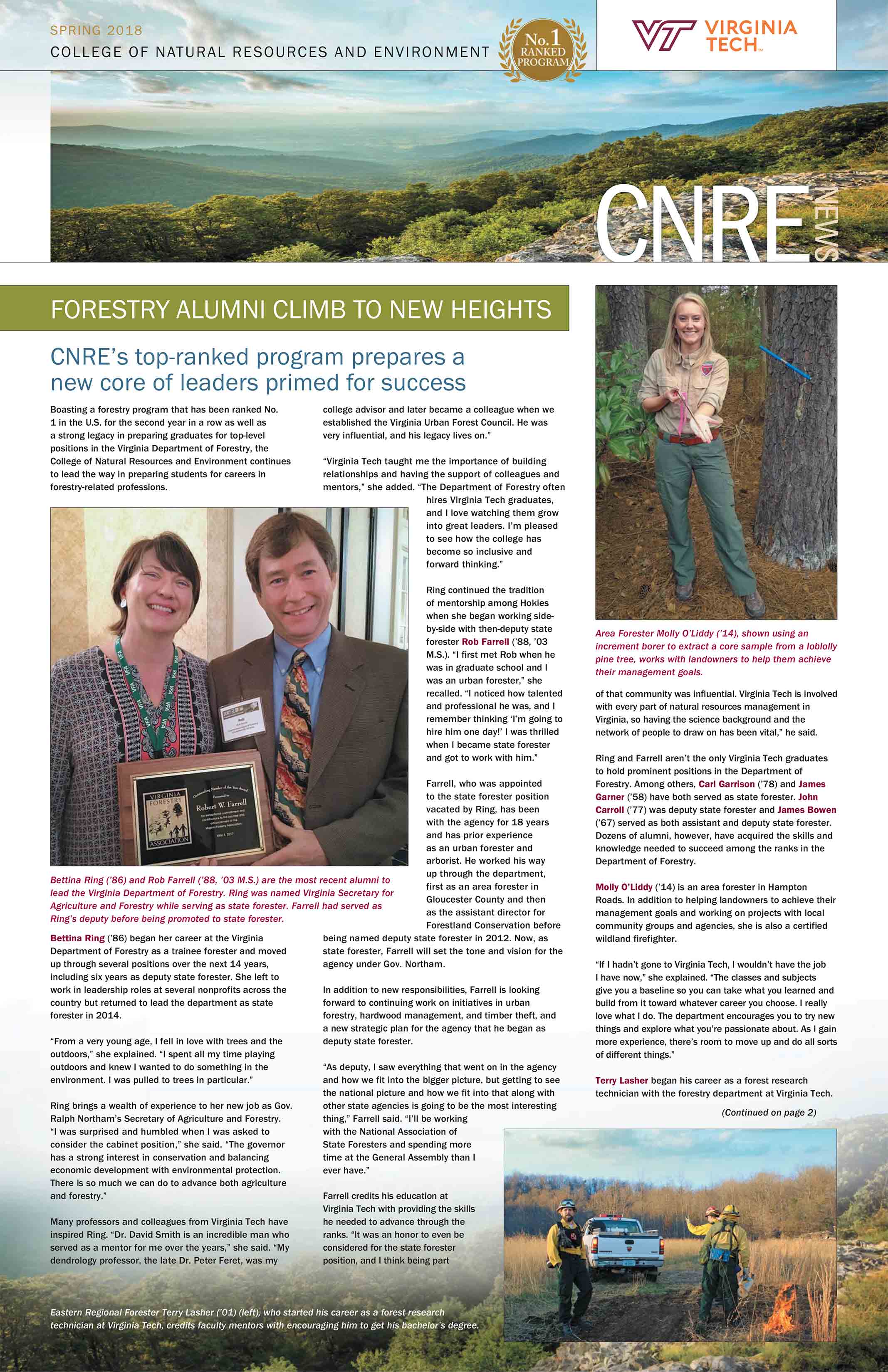Future of coastal marshes lies with private property owners
May 15, 2018
A grassy marshland with a creek running through it, with several houses surrounded by trees in the background

A study published in the Proceedings of the National Academy of Sciences finds that coastal easements that protect marshland are not favored by private landowners, who will be integral partners in efforts to save coastal marshes in the face of climate change and rising sea levels. Whether landowners decide to leave room for marshes to move inland or instead build seawalls means either protecting tidal wetlands and their ecological benefits or losing them altogether.
The researchers, including Ashley Dayer, assistant professor of human dimensions in the Department of Fish and Wildlife Conservation, and colleagues at the University of Connecticut, surveyed more than 1,000 owners of Connecticut coastal properties and found that landowners whose properties flooded during Hurricane Sandy were 1.4 times more likely to say they would be willing to sell their vulnerable land outright. However, the researchers also noted that fewer than 100 properties in the study area were acquired during federal buyout programs implemented after recent hurricanes, though many more were eligible.
If land protection agreements aren’t the answer, what offers more promise for the future of marshes? Surveyed landowners responded favorably to two strategies. Under restrictive covenants, an entire neighborhood agrees to forgo building seawalls, which can be damaging because the walls can divert erosion and flooding to adjoining properties and natural habitats. Under future interest agreements, landowners agree to accept fair market value of their property at the time of signing if future flooding reduces the value by more than half.
The results of the study offer broad implications for how to best design programs to mitigate climate change effects. “Our findings indicate that current conservation strategies may not interest enough landowners to allow marsh migration at the scales needed to mitigate losses from sea-level rise,” Dayer concluded. “Less common strategies that have more support from landowners will need to be considered. This is yet another example that incorporating information about human interests and behaviors into conservation planning is essential to securing conservation outcomes.”



